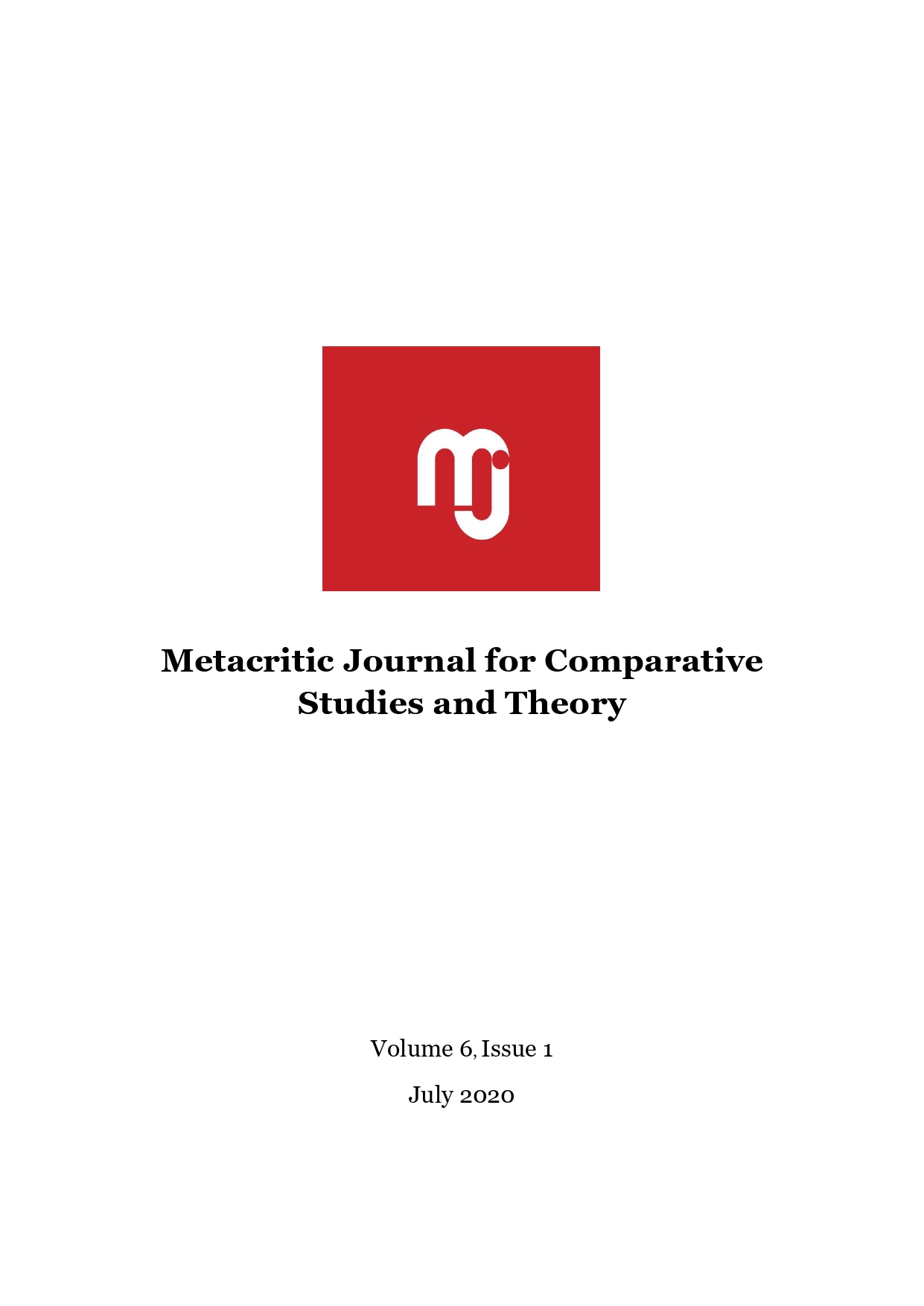Dislocated Identities, Erased Memories: The Dystopian Architecture of Inner Spaces in J. G. Ballard’s High-Rise
Dislocated Identities, Erased Memories: The Dystopian Architecture of Inner Spaces in J. G. Ballard’s High-Rise
Author(s): Alina CojocaruSubject(s): Language and Literature Studies, Studies of Literature, Comparative Study of Literature
Published by: Universitatea Babeş-Bolyai
Keywords: geocriticism; inner space; entropy; memory; identity;
Summary/Abstract: What would a dystopian version of London look like? How would the architecture of the near future engage with personal and collective memories in order to define, or even transform the identities of the inhabitants? In an attempt to answer these questions, British New Wave science fiction turns its attention to the exploration of urban dwellers in relation to their dystopian surroundings. This article explores the extent to which the novel High-Rise by J.G Ballard highlights the erasure of memories and ultimate mayhem caused by the architectural design, as well as the interplay between identity and architectural identity. I conduct a geocritical analysis, emphasizing the connections between the animate inhabitants and the inanimate building as the main guiding force of the plot. I focus on the importance of both architecture and memory in creating dystopian, alienating urban surroundings which transform and are transformed by the self to the extent that they are both marked by an entropic conception of the future.
Journal: Metacritic Journal for Comparative Studies and Theory
- Issue Year: 6/2020
- Issue No: 1
- Page Range: 63-78
- Page Count: 16
- Language: English

